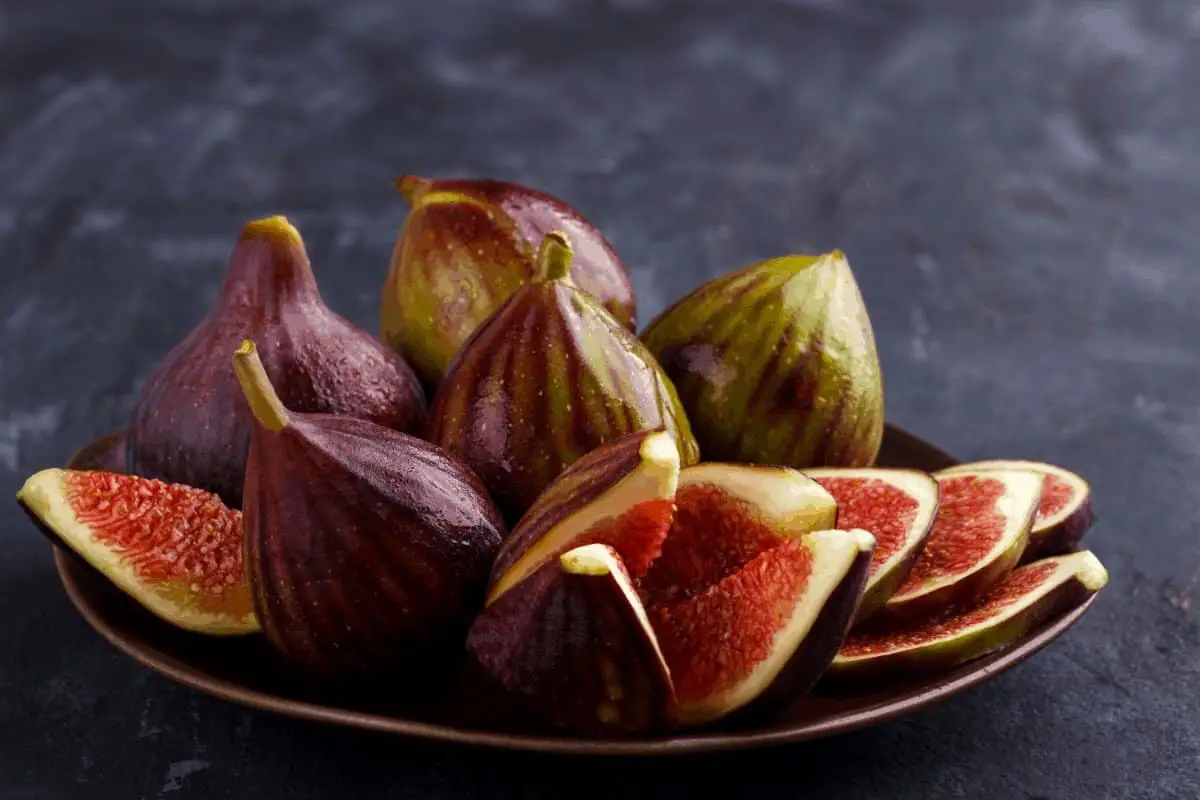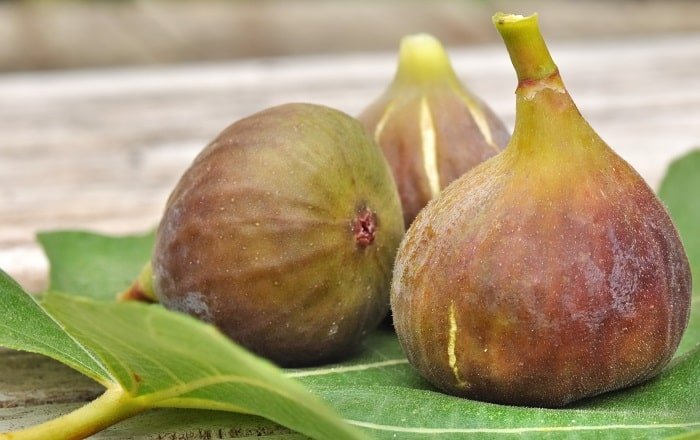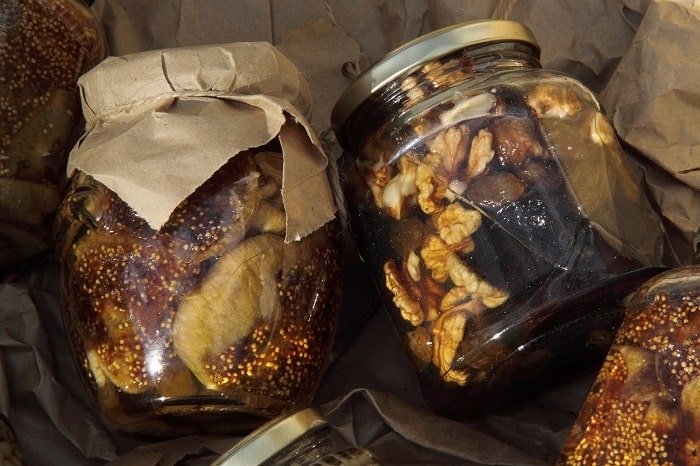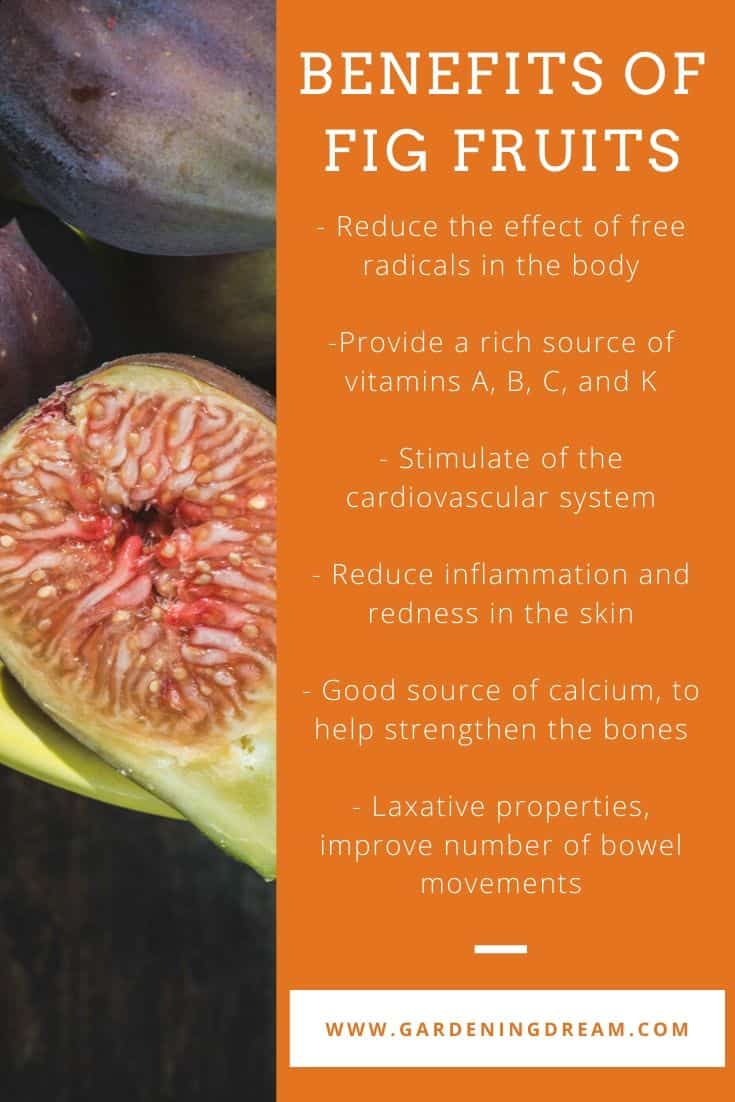Last Updated on December 24, 2022 by Tony Manhart
Do you know how to tell when figs are ripe? It can be difficult to tell when your figs are ripe especially if you’ve planted a fig tree for the first time. You’ve got nothing to worry about, we have experts in the house to help you with tips on how to plant and harvest your first fruits.
Without wasting more time, let us jump right in.
What are Figs?
Figs are juicy high-calorie fruits that are grown for food and use as an ornamental plant. They are natives to the western parts of Asia and the Middle East. They are grown widely in all parts of the world – especially the edible species for their fruit.
Adding a Fig Tree to your Landscape
In addition to purifying the air, a tree also helps to provide shade and beautify your landscape. A fig tree might just be the improvement that your backyard desperately needs. Let us not forget that it is also a source of fresh vitamins that your body also requires.
At maturity, figs are easy to harvest. This is because they grow to a height of not more than 50 Feet which makes it easy to pick the fruits when they are ripe.
If you already have a fig tree in your landscape, then you must occasionally have to deal with rabbits, squirrels, and other rodents that love to munch on ripe fruits. This is why it is important for you to harvest your fruits on time.
Picking the fruits isn’t usually the problem, the problem is telling when your figs are ripe.
How to Tell if Your Figs Are Ripe?
It can be difficult to identify ripe fig fruits. This is because there isn’t a certain color identification to tell that the fruit is ripe. Depending on the species of tree, ripe fruits could appear differently.
It is important that you observe your fruits closely each season. This makes it easy to detect changes in the color and signs of ripeness.
When the fruits are ripened, the neck of the fruits die and the fruit dangles. The natural thing to do will be to taste the fruit. Unripe fruit will have an unpleasant taste while ripe fruits will be pleasing to the taste buds.
You should also watch out for nectars that the tree emits. This is a sign that the fruit is ready for harvest.
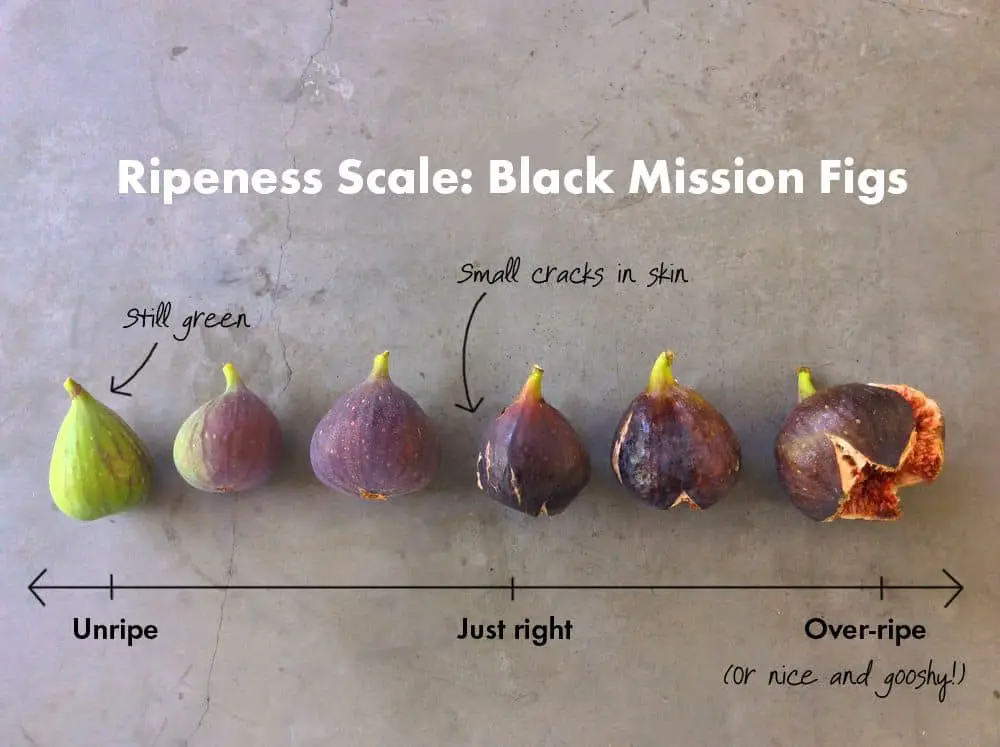
Harvesting Ripe Figs
Once you discover that the fruits are ripe, it is best that you harvest them as soon as possible. Remember that they have soft skin so you want to take proper care in handling the fruits.
The best time to harvest fig fruits is in the morning. Before the sun rises high in the sky. This gives you enough time to harvest the fruits and get them to storage before the heat sets in.
Figs are easy to harvest, all you have to do is to handle the ripe fruit with care and pull on it. You should take proper care to avoid bruising the fruit.
You should endeavor to leave some of the stems behind when harvesting the fruits. This helps to reduce the spoilage of the fruits. If you have a tall tree that requires a ladder, you should take caution to avoid injury to the fruits.
We also recommend that you take proper care when harvesting figs. This is due to the fact that some people have allergies to the milky sap that is common on the tree.
Use gloves and cover yourself properly before you get close to the tree if you are allergic to fig sap.
Storing Ripe Figs
In order to prevent wastage, you need to store your figs properly. This you can easily do in a number of ways.
You can choose to eat your fruits immediately after harvest or process them for storage. When properly processed, figs can stay for up to 3 years.
The best method to store your fig is to first lay them out in the sun to dry. You should endeavor to wash them first before drying. Once they are dry, you can either freeze the fruit until it hardens or freezes it in water until it turns to ice. Once the fruit solidifies, you can now keep it in a container and leave it in the freezer until it is ready for use.
After harvesting, you should endeavor to eat your figs within three days. You should be able to keep fresh fruits to stay up to 5 days if you keep them in the refrigerator.
The temperature needs to be low or slow freezing. You should also not place figs in the same compartment or container with other fruits or vegetables. This is because they can cause them to rot quickly.
Benefits of Fig Fruits
- Figs are packed with nutrition and is also beneficial to your health. Ripe fig fruits are rich in antioxidants that help to reduce the effect of free radicals in the body.
- Figs are also an important part of a vegan diet as it provides a rich source of vitamins A, B, C, and K, it also contains iron, potassium, magnesium, copper, zinc, and manganese.
- Figs are also useful in getting rid of skin related problems such as eczema and psoriasis. In addition, it also helps to improve your circulation. Fig is also used as a major ingredient in many fruit-based hair products to strengthen and moisturize the hair.
Note
It is important that you know that in most cases, not all the fruits on the fig tree ripen at once. Some trees have different crops that ripen at a different time of the year.
Like we mentioned earlier, you want to take proper care of protecting your garden from rodents and animals. This is highly recommended if you have figs and other flesh fruits planted in your garden.
Use rodenticides and repellants on your plants to keep pests away. You want to be careful by using only products made from natural, non-toxic ingredients.
FAQs
Do figs ripen on the counter?
Figs don’t ripen in a refrigerator, but they do on the counter. In fact, they can do so at room temperature if they're kept in a bag.
Why do figs fall off before ripe?
Figs typically start to ripen in the first week of September. If a fig is picked before it ripens, it will not grow any more ripe.
There are many theories that attempt to solve this mystery. Some people believe that figs are whipped off the tree because they have a natural desire to be closer to the sun while others believe they fall off because of over-watering or lack of nutrients in the soil. The truth may never be revealed, but we will still enjoy eating these delicious fruits until then!
Why are my figs drying on the tree?
The figs ripen if they are not picked fast enough or if they are left out in the sun for too long. Ripening occurs when the flowers on a fig fall off and the fruit becomes soft.
When the flowers fall off, it signals to other plants that it is time to produce seeds. Figs can also be damaged by mold while they are ripening. As a result of this, many figs will ripen unevenly with some of them remaining green even though they have fully ripened.
If you want your figs to stay green for as long as possible, you need to keep them in an area where there is less sunlight so that light doesn't damage their leaves and prevent them from reaching their full potential.
What month are figs ripe?
The best time for harvesting figs is when they reach maturity and have a sweet smell.
Figs average about one-half pound per tree and can be harvested at up to 1.5 pounds per day in some regions of the country, with bigger fruits tending to yield more edible fruit per tree. The slightly acidic taste of figs makes them an ideal ingredient in many types of recipes that require baking or cooking over slow heat (such as risotto).
Fig trees typically bear fruit on the branches that they grow closest to the ground. So, if your fig tree is in a pot, it might produce fruit in January and if it's in the ground, it might produce fruit in October.
The fig tree is one of the fruits that has been enjoyed for thousands of years. It was first mentioned by Aristotle who used it as a key ingredient for his recipe for jam. Popular uses include its use as a condiment for meat and poultry dishes and as pizza topping.
Can you eat figs when they are green?
The answer to this question is no, you cannot eat figs when they are still green.
This is because the sugar in the figs need time to be extracted out of them, and the sugar will stay in the fruit until it turns brown.
The color change of fruit varies depending on different factors like ripeness, exposure to sunlight, water content and more.
What is the difference between black and green figs?
Black figs are dark brown and green figs are light-green.
Black figs are mostly made up of water, while green ones have a higher concentration of minerals.
Black figs have a stronger taste than green ones do because they contain more tannins.
Green figs can be eaten raw or cooked, whereas black ones need to be boiled before eating them.
Can you eat figs straight from the tree?
The simple answer is yes - you can eat figs straight from the tree!
What are the best figs to eat?
What are the best Fig varieties to eat?
-Dried: These figs have a very long shelf life and take 16 hours or longer to cook. They have less sugar than fresh fruit, but are high in fiber and water content.
-Fresh Fruit: These figs have a very short shelf life but also have a lot of sugar. They need to be eaten as soon as possible because they tend not to last too long due to their soft texture and relatively low water content.
Tony Manhart is a passionate gardener who has been tending to gardens for over 20 years. He takes pride in creating beautiful outdoor spaces with plants, trees, and shrubs that can thrive in any environment. He loves to share his knowledge with others and has taught classes on gardening basics and advanced techniques. He is committed to sustainability, using natural and organic methods to create and maintain gardens. He also works with local organizations to create green spaces for communities. When he’s not gardening, Tony enjoys hiking, reading, and spending time with his family.

